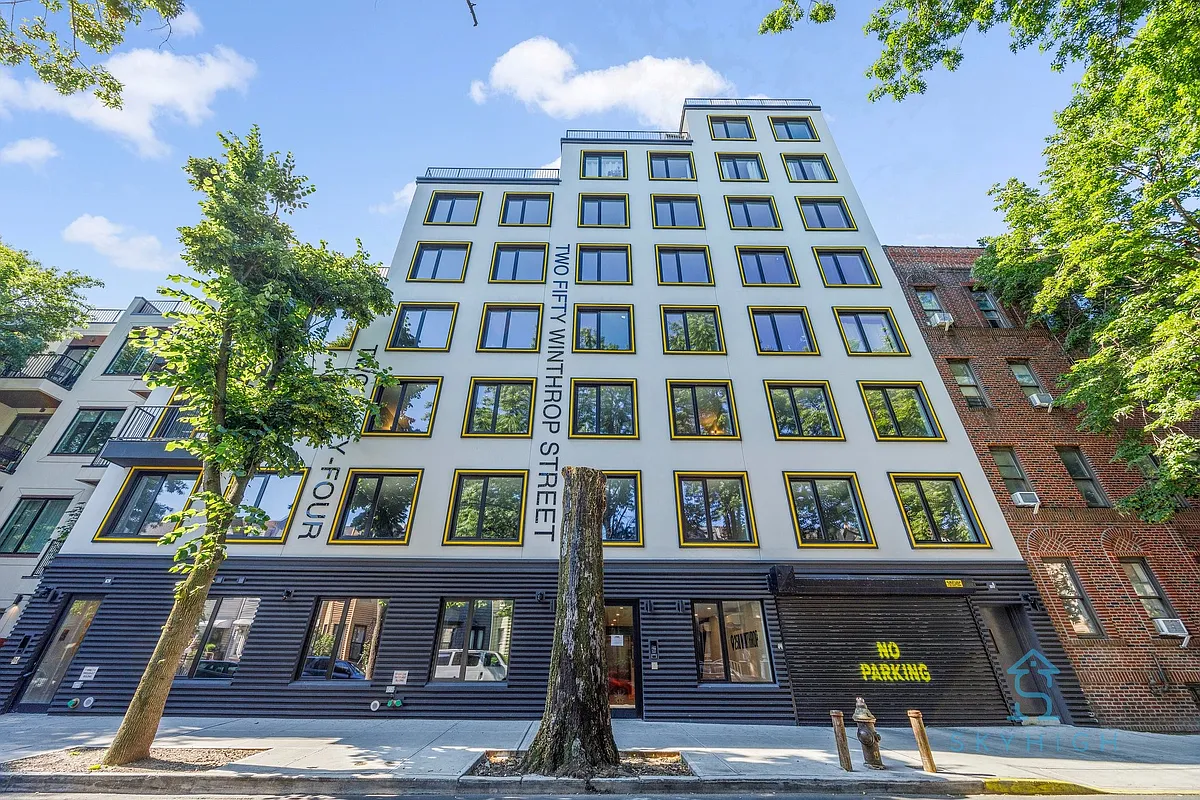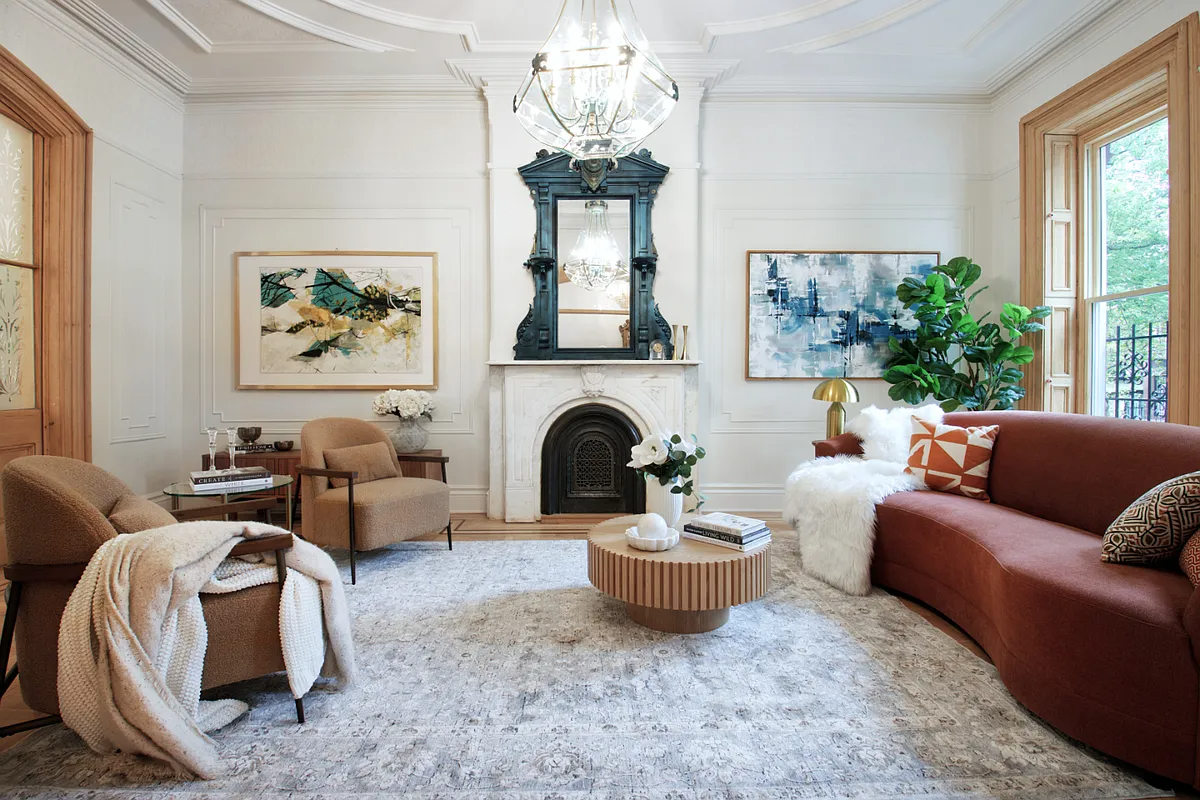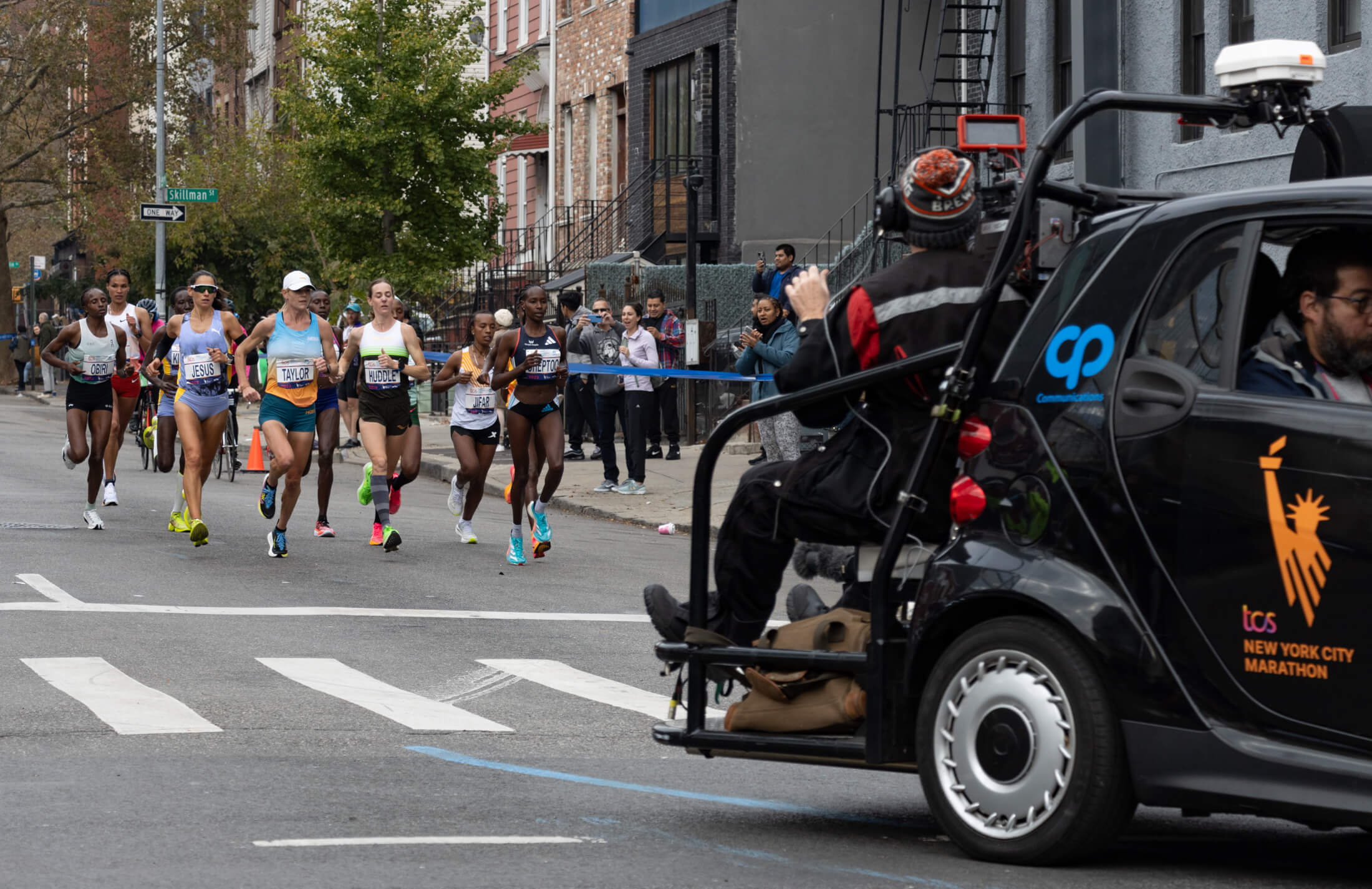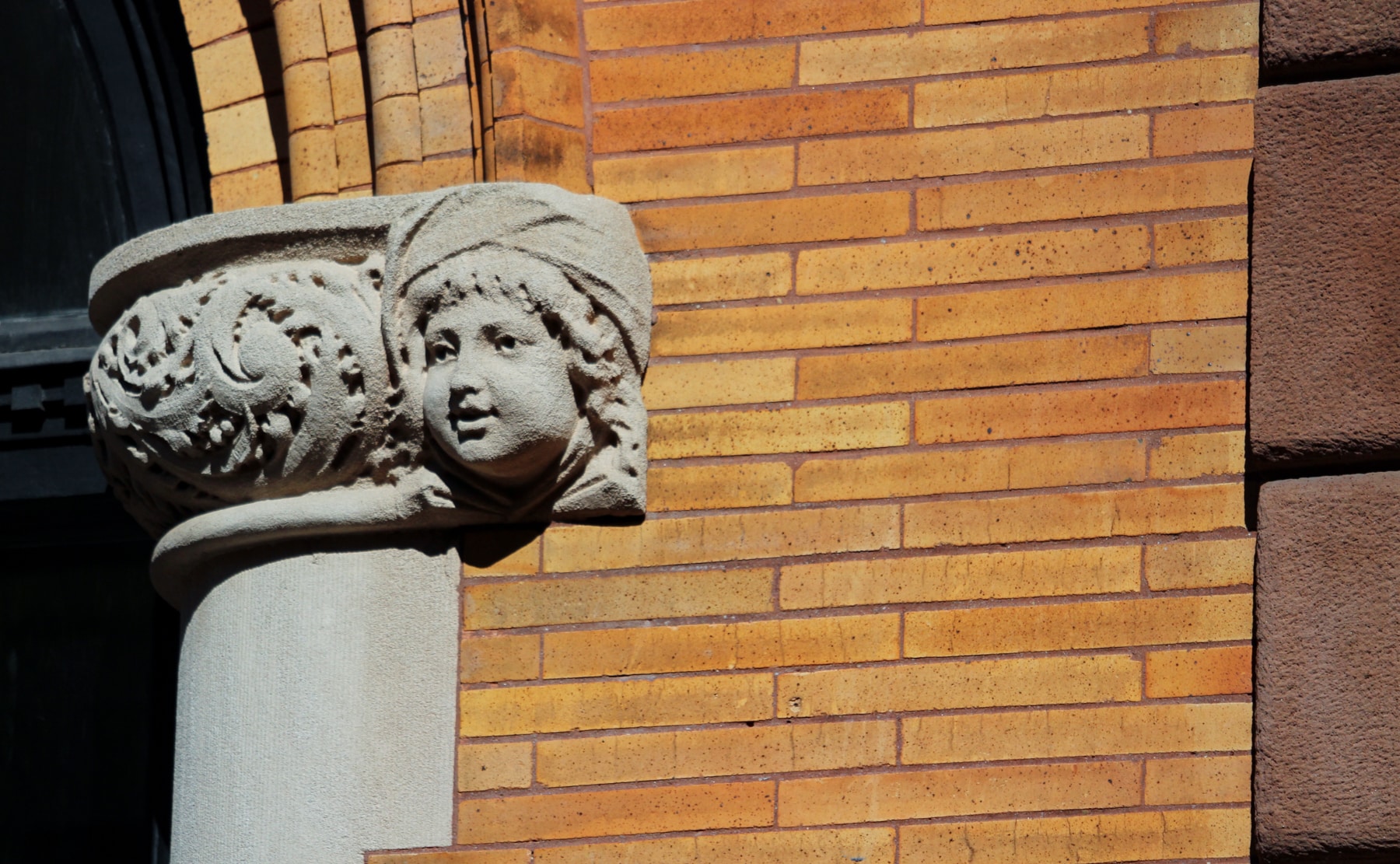Building of the Day: 155 Hancock Street
Brooklyn, one building at a time. Name: Row house Address: 155 Hancock Street Cross Streets: Nostrand and Marcy Avenues Neighborhood: Bedford Stuyvesant Year Built: 1882, with alteration in 1890 Architectural Style: Neo-Grec, with Queen Anne additions Architect: Parfitt Brothers, with alterations by Withers & Dickson Other Buildings by Architect: Parfitts- row houses in this group,…


Brooklyn, one building at a time.
Name: Row house
Address: 155 Hancock Street
Cross Streets: Nostrand and Marcy Avenues
Neighborhood: Bedford Stuyvesant
Year Built: 1882, with alteration in 1890
Architectural Style: Neo-Grec, with Queen Anne additions
Architect: Parfitt Brothers, with alterations by Withers & Dickson
Other Buildings by Architect: Parfitts- row houses in this group, plus apartment buildings, flats, churches, freestanding mansions, commercial buildings, factories, and row houses throughout Brooklyn. Withers & Dickson- Streckler Memorial Laboratory, Roosevelt Island, Jefferson Market Courthouse (Withers) Albany Post Office and Albany Prison (Dickson)
Landmarked: No, but calendared as the Bedford Historic District.
The story: The problem with buying speculative housing, both in the past, and today, is that you often can’t get exactly what you want. The house may be otherwise great, with features you really like, but after being in it for a while, you realize that you don’t have enough bedrooms, or bathrooms, or perhaps, you really need a ballroom so you can properly entertain your guests.
In the late 19th century, 155 Hancock Street belonged to George W. and Ida F. Greene. George was the owner of G.W. Greene’s, a successful purveyor of ladies’ undergarments, ladies’ and children’s clothing. He had a fine store at 229 Fulton Street, in downtown Brooklyn, near Clark Street. They also manufactured their own goods in their Brooklyn factory. There are many advertisements in the Eagle for his store, showing that he sold all the latest fashionable unmentionables, including one item called “Her Majesty’s Corset – will never change its form.”
By 1890, the store must have been selling quite a few corsets and other items, because the George and Ida decided to do some work in their home. They lived on fashionable Hancock Street, in the fashionable Bedford district. Their row house was part of a group of distinctive v-shaped bay Neo-Grec houses designed by the not-yet-famous Parfitt Brothers. These houses are among their earlier works, designed in 1882 when the English brothers were just getting started with their careers in America. They would go on to become one of Brooklyn’s most accomplished and in-demand architectural firms.
The Greene’s hired the firm of Withers & Dickson to do the work. Frederick Clark Withers was also an Englishman, and had been a good friend and colleague of Alexander Jackson Dowling, one of the great architects of the mid-19th century. He came to the US at Dowling’s invitation, but Dowling died only months after his arrival. Withers would then partner with Calvert Vaux for many years, working with him on the bridges and other structures in Prospect Park, among other projects. He then partnered with Walter Dickson, who had a successful career in Albany, NY.
Withers and Dickson added the fifth floor to the brownstone, as well as a four story extension on the back of the house. According to the Real Estate Record and Builder’s Guide, the alterations cost $6,000. Considering it cost around $12K to build a house during that time, these must have been fancy alterations. The visible part from the street features an interesting take on a domed roof, with a curved tower, technically a mansard roof, with a prominent dormer and window.
Was the additional story for more bedrooms, or a billiards room or ballroom? Who knows, but adding the floor and the extension made the house 4,500 feet of living space. The next door neighbor, who has the same house, essentially, has 3,600 square feet. Unfortunately for the Greene’s, they didn’t get to enjoy it for very long.
The Eagle shows that the store went out of business in 1891. There are several announcements for the liquidation sale, which was run by Weschler & Abraham, the precursors of Abraham and Straus. By the end of the year, a store called “The Fair” was operating out of the space, and calling themselves the successors of G.W. Greene. Another store, claiming the same, took over the space in 1893.
Like many businessmen of the day, George must have had the house in Ida’s name. Victorian courts were not as eager to foreclose or bankrupt a woman in open court; it looked bad, so many men put their assets in their wives’ names. That distinction did not stop the courts in this case. In 1895, the Washington Life Insurance Company successfully took title to the house from Ida Greene, getting it for $12,000. The next year, the papers had an announcement of Mrs. M.L. Woodridge’s birthday party at this address. By 1913, the house had advertisements for rooms and boarders. So it goes.
(Photo: Christopher Bride for Property Shark)










What's Your Take? Leave a Comment